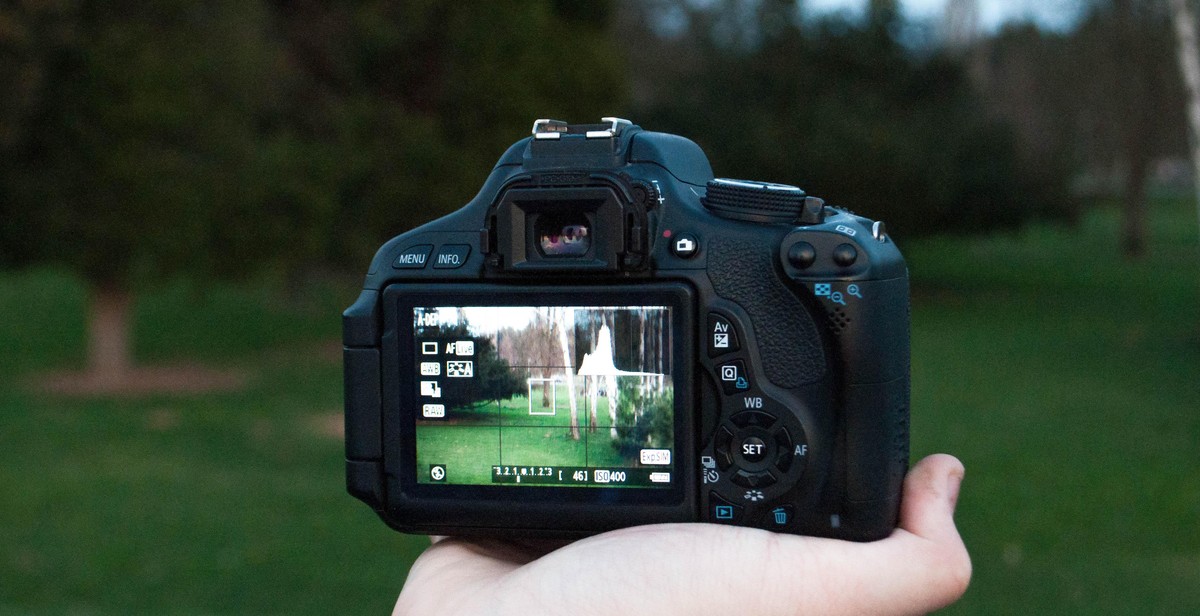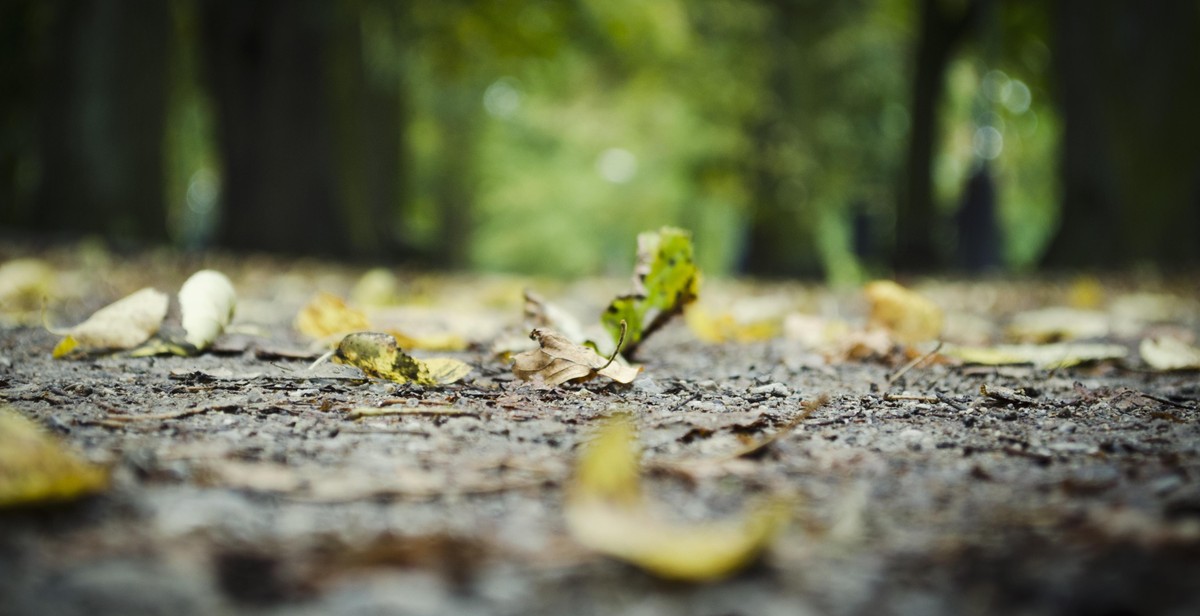How to Master Landscape Photography: Capturing the Beauty of Nature
Landscape photography is the art of capturing the natural beauty of outdoor spaces, including mountains, valleys, rivers, forests, and beaches. It involves capturing the essence of a place and conveying its mood and atmosphere through photographs.
What is Landscape Photography?
Landscape photography is a popular genre of photography that has been around for centuries. It is a form of art that requires patience, creativity, and technical skill to master. Landscape photographers use a variety of techniques to capture stunning images of natural scenery, including composition, lighting, and post-processing.
One of the main challenges of landscape photography is capturing the scene in a way that does justice to the beauty of the natural landscape. This requires careful planning, patience, and a keen eye for detail. Landscape photographers must also be skilled in using their equipment, including cameras, lenses, and filters, to capture the natural beauty of the landscape.
Why is Landscape Photography Important?
Landscape photography is important because it allows us to appreciate the beauty of nature and the world around us. It allows us to capture and preserve moments in time that may otherwise be lost forever. Landscape photography can also be used to raise awareness about environmental issues and to inspire others to appreciate and protect the natural world.
Whether you are an amateur photographer or a seasoned professional, mastering landscape photography is a rewarding and fulfilling experience. By following a few simple tips and techniques, you can capture stunning images of natural landscapes that will be cherished for years to come.

Equipment for Landscape Photography
When it comes to landscape photography, having the right equipment can make all the difference. Here are the essential pieces of equipment you’ll need:
Camera
The camera is the most important piece of equipment for landscape photography. A camera with a high resolution and dynamic range is ideal for capturing the beauty of nature. Look for a camera with at least 20 megapixels and a full-frame sensor for the best image quality.
Lenses
The right lens can make or break a landscape photo. A wide-angle lens is essential for capturing the vastness of a landscape. Look for a lens with a focal length of around 16-35mm. A telephoto lens can also be useful for capturing details and compressing the perspective. A lens with a focal length of around 70-200mm is a good choice.
Tripod
A sturdy tripod is essential for landscape photography. It allows you to keep your camera steady and take long exposure shots without any camera shake. Look for a tripod that is lightweight yet sturdy enough to support your camera and lens.
Filters
Filters can enhance your landscape photos and create stunning effects. A polarizing filter can reduce glare and enhance colors, while a graduated neutral density filter can balance the exposure between the sky and the foreground. Look for high-quality filters that fit your lens diameter.
Conclusion
Having the right equipment is essential for mastering landscape photography. Invest in a high-quality camera, lenses, tripod, and filters to capture the beauty of nature in all its glory.

Composition
Composition plays a vital role in landscape photography. It is essential to create a visually appealing image that captures the essence and beauty of nature. Here are some composition techniques to consider:
Rule of Thirds
The rule of thirds is a fundamental principle in photography that involves dividing the image into thirds horizontally and vertically. The points where the lines intersect are the areas of interest, and placing the subject in these areas creates a more balanced and visually appealing composition.
Foreground, Middle Ground, and Background
Adding a foreground, middle ground, and background creates depth and dimension in an image. It helps to lead the viewer’s eye through the image, creating visual interest and a sense of scale. Placing the subject in the middle ground and using the foreground and background to frame it can create a more compelling image.
Leading Lines
Leading lines are lines that draw the viewer’s eye through the image, leading them to the subject. They can be natural or man-made, and they create a sense of depth and perspective. Leading lines can be used to guide the viewer’s eye through the image, creating a more dynamic composition.
Framing
Framing is using natural elements to frame the subject, creating a more visually appealing image. It can be done by using trees, rocks, or other objects to create a frame around the subject. This technique can create a sense of depth and dimension in the image.
By using these composition techniques, you can create stunning landscape images that capture the beauty of nature and create a visual impact on the viewer.

Lighting
Lighting is one of the most crucial aspects of landscape photography. It can make or break your shot. Understanding the different types of lighting and how to work with them is essential to capture the beauty of nature.
Golden Hour
Golden hour is the time just after sunrise or just before sunset. The light is soft, warm, and creates a beautiful golden glow. This is the best time to capture landscape photos as the light is low and creates long shadows, adding depth and dimension to your shots.
Blue Hour
Blue hour is the time just before sunrise or just after sunset. The light is blue and creates a beautiful, moody atmosphere. This is a great time to capture cityscapes and landscapes with artificial light sources like street lamps and buildings.
Cloudy Days
Cloudy days may not seem ideal for landscape photography, but they can produce some of the best lighting conditions. The clouds act as a natural diffuser, softening the light and reducing harsh shadows. This results in a soft, even light that is perfect for capturing details and textures in your shots.
Stormy Weather
Stormy weather can create dramatic and moody lighting conditions, making for some of the most striking landscape photos. The dark clouds and dramatic lighting can add a sense of drama and tension to your shots. However, be careful when shooting in stormy weather and ensure your safety at all times.
| Lighting Condition | Pros | Cons |
|---|---|---|
| Golden Hour | Soft, warm light | Short window of time |
| Blue Hour | Moody atmosphere | Short window of time |
| Cloudy Days | Soft, even light | Lack of contrast |
| Stormy Weather | Dramatic lighting | Safety concerns |

Settings for Mastering Landscape Photography
ISO
ISO is the measure of the camera’s sensitivity to light. When shooting landscapes, it’s best to keep the ISO as low as possible to avoid noise. A range of 100-400 is ideal for most landscape photography.
Aperture
Aperture controls the amount of light that enters the camera. A smaller aperture (higher f-number) will result in a larger depth of field, which is ideal for landscapes. Use an aperture of f/8 to f/16 for sharp and detailed landscape photos.
Shutter Speed
Shutter speed determines how long the camera’s sensor is exposed to light. A slower shutter speed is ideal for landscape photography as it captures more light and creates a sense of motion in moving subjects. Use a shutter speed of 1/30th of a second or slower for landscape photos.
White Balance
White balance affects the color temperature of the photo. For landscape photography, it’s best to use the “Daylight” or “Cloudy” white balance settings to capture the natural colors of the scene. If shooting during sunrise or sunset, consider using the “Warm” or “Tungsten” white balance settings to enhance the warm tones.
By adjusting these settings, you can capture the beauty of nature in your landscape photos. Remember to experiment with different settings to find the perfect combination for each unique scene.

Post-Processing for Landscape Photography
Post-processing is an essential step in landscape photography. It allows you to refine your images and bring out the best in them. There are several editing software options available, but the most popular ones are Adobe Lightroom and Photoshop. Here are some basic adjustments and advanced techniques you can use to master post-processing for landscape photography.
Basic Adjustments
Basic adjustments are the first step in post-processing your landscape images. They include:
- Cropping: Crop your image to remove any distractions and improve composition.
- Exposure: Adjust the exposure to brighten or darken your image.
- Contrast: Increase or decrease the contrast to add depth to your image.
- White balance: Adjust the white balance to correct the color temperature of your image.
- Sharpening: Sharpen your image to enhance details.
Advanced Techniques
Advanced techniques can take your landscape photography to the next level. They include:
- Graduated filters: Use graduated filters to darken the sky or brighten the foreground.
- Cloning and healing: Use cloning and healing tools to remove distracting elements from your image.
- Color adjustments: Adjust the hue, saturation, and luminance of specific colors in your image.
- Masking: Use masking to selectively apply adjustments to specific parts of your image.
| Step | Action |
|---|---|
| 1 | Crop image |
| 2 | Adjust exposure, contrast, and white balance |
| 3 | Sharpen image |
| 4 | Use graduated filters |
| 5 | Remove distracting elements with cloning and healing tools |
| 6 | Adjust specific colors with color adjustments |
| 7 | Use masking to selectively apply adjustments |

Conclusion
Mastering landscape photography is not an easy task and requires a lot of dedication and hard work. However, with the right mindset and approach, anyone can become a skilled landscape photographer.
Practice Makes Perfect
Practice is key to improving your landscape photography skills. Take your camera with you whenever you can and spend time exploring your surroundings. Experiment with different settings and techniques to find what works best for you.
Additionally, don’t be afraid to make mistakes. Learning from your failures is an important part of the process and will help you grow as a photographer.
Share Your Work
Sharing your work with others is a great way to get feedback and improve your skills. Joining photography communities or social media groups can help you connect with other photographers and receive constructive criticism on your work.
Furthermore, don’t be afraid to ask for help or advice from other photographers. They may have insights or techniques that you haven’t considered before.
Final Thoughts
Landscape photography is a rewarding and fulfilling hobby that allows you to capture the beauty of nature in a unique way. Remember to take your time, practice, and share your work with others. With dedication and hard work, you can master the art of landscape photography and create stunning images that will last a lifetime.
